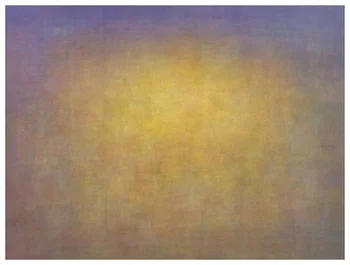Queers in Love at the End of the World
Queers in Love at the End of the World is a ten second game created by Anna Anthropy whereby the player must decide how to spend the end of the world with their partner. Grey text prompts the player with the narrative, and clickable blue text highlights the decisions that the player can make to move on to the next prompt. To the left of the text is a timer that counts down how many seconds the player has left before the end of the world and the screen reads, “Everything is wiped away.”
As Anthropy writes, this is,
“a game about the transformative, transcendent power of queer love”
which is an important theme that is seldom discussed in a way that legitimizes the love of two queer people. Furthermore, this game allows the player to reflect on the way that, even at the end of the world, what we really desire is to love and be loved. This is shown by the fact that player tries to do as much as they possibly can with their partner before the end of the world strikes, and it is human nature to show your love for those that you are in love with. The timer to the left adds to the sense of urgency as you decide how to spend your last ten seconds with your partner. Framing the game in this way causes the player not to think about the sexual orientation aspect of the game as much, and focus most of their attention on the fact that what they truly desire in this last ten seconds is to love and be loved. This aspect of acting without much thinking allows the commonalities among heterosexual and homosexual people to be realized, creating a sense of sameness that others can relate to. n short,
“it unearths desires and worry in a world where things are fleeting, a world where people are so frequently hurt”
This is a very powerful game because it allows people to be put in the shoes of a queer person. Their natural desires to express their love for the person they love are shown and at the end of the game, it is apparent that this desire is not just something that heterosexuals experience. Rather, love is something that is experienced because we are human, regardless of our sexuality. Unfortunately, we still live in an era where not all people accept this fact, but pieces of art such as Queers in Love at the End of the World certainly allow for an opportunity for those people to become more understanding of what it actually means to be queer.
Triad is another game by Anna Anthropy and Leon Arnott that involves trying to fit three lovers with different sleeping habits on one bed. For example, one character sleeps with their knees tucked in, whereas another character sleeps straight on their back, and the object of the game is to figure out how to place these characters on the bed without them running in to one another as they sleep. This game therefore becomes a platform for discussion about relationships that are seldom talked about in a positive light in society today. This serves to comment on the complexity of relationships, even if they are not widely accepted or discussed by our society.
Conversations We Have in My Head is very similar to Anthropy’s work in that it explores gender identity through a text-based conversation between two characters. This game allows others to explore what it might be like to have a different gender identity that differs from the sex they were assigned at birth. Moreover, it allows those who go through this to have something to relate to at a time when not everyone may be accepting of who they are. Perhaps the largest difference between these two artists is that the animation here is much more detailed, although still drawn in a cartoon format. Although this is of course unintentional, different artistic styles is a metaphor for how we all view the world differently and have different experiences, which also just so happens to be the main idea behind these games.









